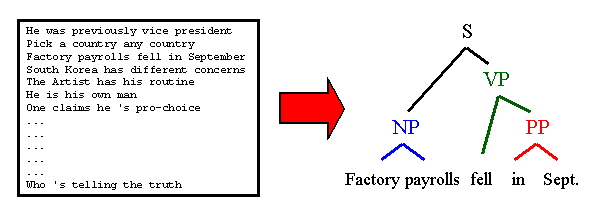The world of translation has an specific vocabulary which would be very useful to know in order to understand the most important concepts of this world. Some of these concepts are the following:
- Machine Translation: according to the Wikipedia, is a sub-field of computational linguistics that investigates the use of computer software to translate text or speech from one natural language to another. At its basic level, MT performs simple substitution of words in one natural language for words in another. Using corpus techniques, more complex translations may be attempted, allowing for better handling of differences in linguistic typology, phrase recognition, and translation of idioms, as well as the isolation of anomalies. Improved output quality can also be achieved by human intervention: for example, some systems are able to translate more accurately if the user has unambiguously identified which words in the text are names. With the assistance of these techniques, MT has proven useful as a tool to assist human translators, and in some cases can even produce output that can be used «as is». However, current systems are unable to produce output of the same quality as a human translator, particularly where the text to be translated uses casual language.
- Computer-assisted translation: or CAT is a form of translation wherein a human translator translates texts using computer software designed to support and facilitate the translation process. Computer-assisted translation is sometimes called machine-assisted, or machine-aided, translation. Some advanced computer-assisted translation solutions include controlled machine translation (MT). Integration of MT into computer-assisted translation has been implemented in various ways by various parties.
- Multilingual content management: a multilingual website is usually a mixture of global and local content. Local content presents no particular content management issues; global content – which has to be translated across all language locales – does. Deciding where multiple language versions of content are going to be required and where content can be maintained separately for different locales is a critical decision that will affect how a site should be maintained and what it will cost.
- Translation technology: translation is the action of interpretation of the meaning of a text, and subsequent production of an equivalent text, also called a translation, that communicates the same message in another language. The text to be translated is called the «source text,» and the language it is to be translated into is called the «target language«; the final product is sometimes called the «target text.»
Sources:
- Machine Translation. (2008, May 5). In Wikipedia, The Free Encyclopedia. Retrieved: 11:03, April 15, 2008 from http://en.wikipedia.org/wiki/Machine_translation
- Computer-assited Translation. (2008, May 2). In Wikipedia, The Free Encyclopedia. Retrieved: 15:11, April 15, 2008 from http://en.wikipedia.org/wiki/Computer-assisted_translation
- Multilingual Conrtent anagement. In Kitside. Retrieved: 22:59, April 15, 2008 from http://www.kitsite.com/articles/multilingual-content-management.html
- Translation Technology. (2008, May 4). In Wikipedia, The Free Encyclopedia. Retrieved: 22:44, April 15, 2008 from http://en.wikipedia.org/wiki/Translation_technology

Comentarios recientes